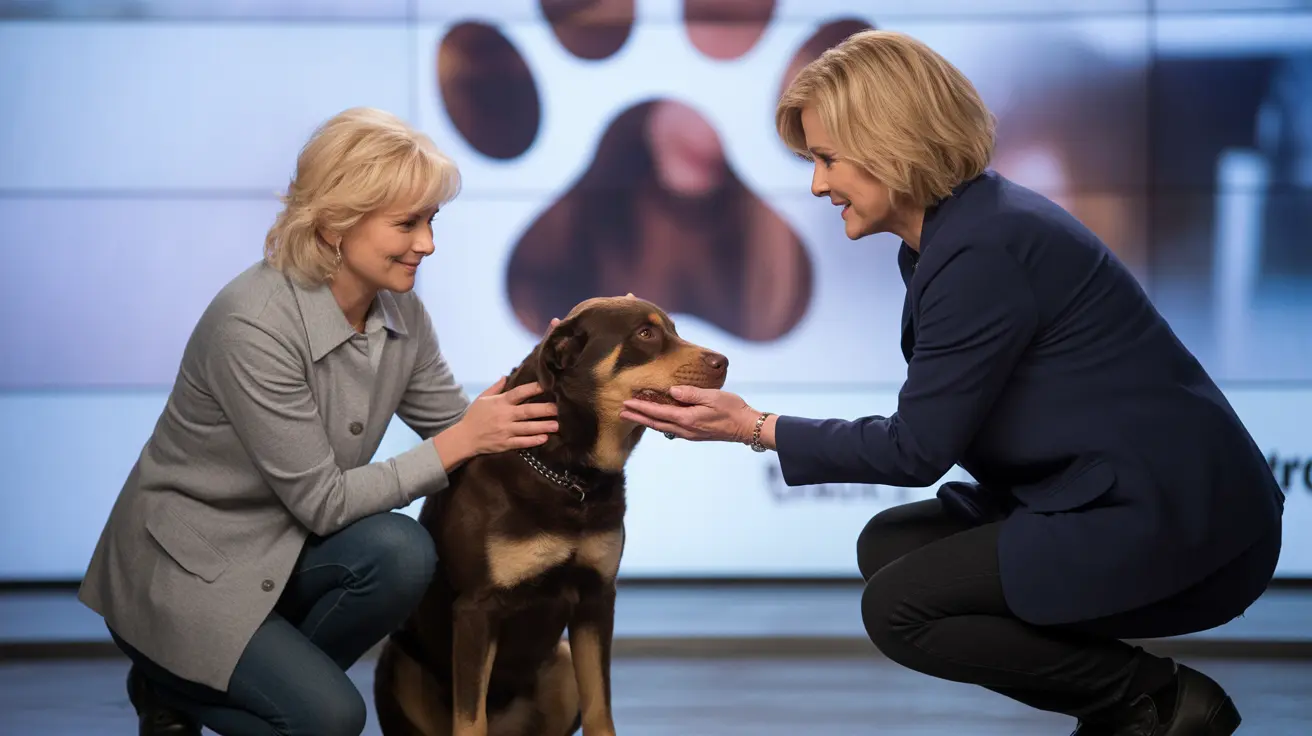How to Show Your Dog You Are the Leader: A Humane Approach
Many dog owners wonder how to establish themselves as the “alpha” or leader of the pack. While popular culture often refers to dominance and control, modern dog behavior science suggests a different route—based on trust, clear communication, and consistency. Here’s how to effectively lead your dog in a way that fosters respect, obedience, and affection.
1. Understand the Misconception of 'Alpha'
The term “alpha” originates from early studies on wolf packs. Later research showed that these findings were incorrect and based on captive wolves. In reality, dogs respond better to guidance and structure than dominance.
- Dominance is not necessary for training or bonding.
- Force-based methods can harm your relationship with your dog.
- You should aim to be confident and predictable, not intimidating.
2. Establish Clear Rules and Boundaries
Dogs thrive when they know what is expected of them. Consistent rules signal leadership and provide comfort.
- Be consistent: reinforce rules across all family members.
- Prevent bad habits early with positive redirection.
- Reward good behavior immediately to reinforce it.
3. Encourage Obedience Through Positive Reinforcement
Use scientifically proven, reward-based training instead of punishment.
- Use treats, praise, or toys to reward desired behaviors.
- Ignore or redirect undesired behaviors rather than scolding.
- Break tasks into small, achievable steps for success.
4. Lead Through Daily Routines
Routine is reassuring for dogs. Structure your day to reinforce your role as their guide.
- Feed your dog only after you’ve eaten or at set times.
- Begin walks by calmly leading out the door, not being dragged.
- Have your dog sit before leaving or entering the home as a form of impulse control.
5. Promote Mental and Physical Enrichment
A tired dog is usually a well-behaved dog. Leadership includes fulfilling your dog’s needs for stimulation.
- Provide at least 30–60 minutes of physical activity daily, adjusted for your dog’s breed and health.
- Offer puzzle toys and games for mental stimulation.
- Teach new tricks regularly to keep their mind engaged.
6. Stay Calm and Assertive
A true leader stays composed. Dogs are sensitive to energy, so your demeanor affects theirs.
- Speak in a calm, steady tone.
- Avoid yelling. Instead, calmly redirect inappropriate behaviors.
- Stand tall and maintain controlled body language.
7. Socialize Your Dog Properly
Helping your dog meet other people and pets shows them you are in control of safe interactions.
- Start early with brief, positive introductions.
- Supervise all social interactions at first.
- Reward calm, friendly behavior with praise or treats.
8. Avoid Anthropomorphizing
Dogs do not hold grudges or challenge authority like humans might. Mislabeling behaviors can interfere with effective responses.
- Your dog is not trying to 'dominate' you by sitting on the couch.
- Barking and chewing may signal stress, not rebellion.
- Address the root cause instead of assigning human motives.
9. Address Problem Behaviors Early
Don’t let humping, barking, growling, or jumping become established habits.
- Use commands like “sit” or “leave it” to redirect behavior.
- Stay neutral—don’t laugh or yell at unwanted displays.
- Practice planned training to address frequent challenges.
10. Get Professional Help if Needed
If your dog displays persistent anxiety, aggression, or compulsive behaviors, consult a qualified professional.
- Certified dog trainers can assist with obedience and manners.
- Veterinary behaviorists diagnose and treat complex cases.
- Behavioral issues like obsessive humping may indicate anxiety or health concerns.
Conclusion: To “be the alpha” is less about control and more about consistently meeting your dog’s needs, setting boundaries, and communicating clearly. With positive reinforcement, structure, and calm leadership, you set the foundation for a trusting and respectful relationship.





